Walking Sri Lanka's Pekoe Trail
by Caroline
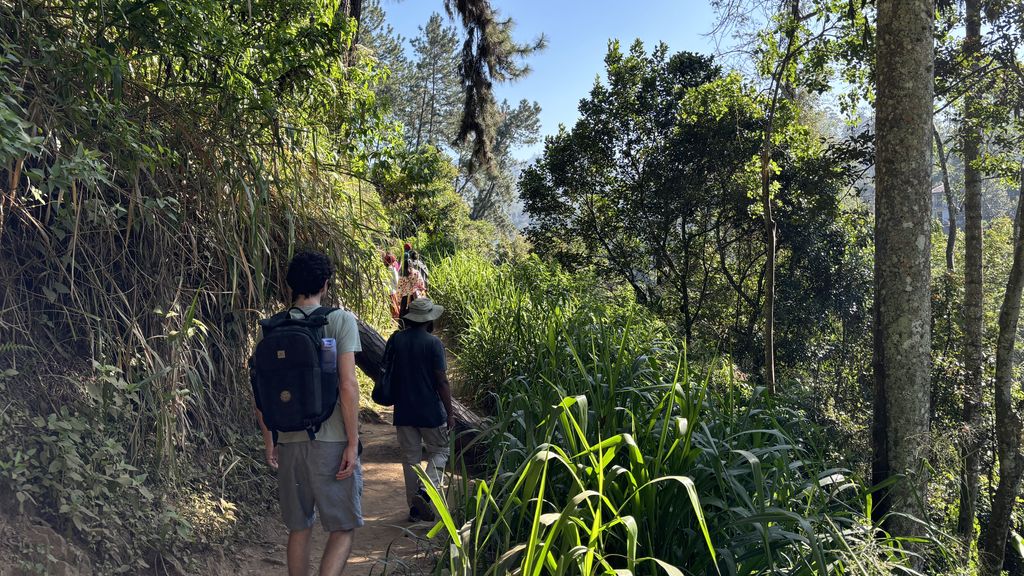
Earlier this year, Selective Asia’s Caroline headed to Sri Lanka to discover the charm of this pocket-sized island for herself. One of her many highlights was walking a stage of the Pekoe Trail, read on to hear her experience and discover her top tips for embarking on the trail yourself.
What is the Pekoe Trail?
Named after the black tea made from the young leaves grown in the region, the Pekoe Trail is a 300km walking path, consisting of 22 sections of varying difficulty, connecting Hanthana (near Kandy) and Nuwara Eliya along rural roads, paths and rail tracks, with unparalleled views across the tea plantations. Although the paths themselves have been used for decades by locals and tea-plantation workers, the complete trail is now officially mapped, signposted and maintained, with the first section opening in 2021. Each stage ranges from 7-21km in length and 800 m to 2,170 m in elevation, with the section through Horton Plains being the highest. With so much variation there is an option for most fitness levels and adventure seekers.
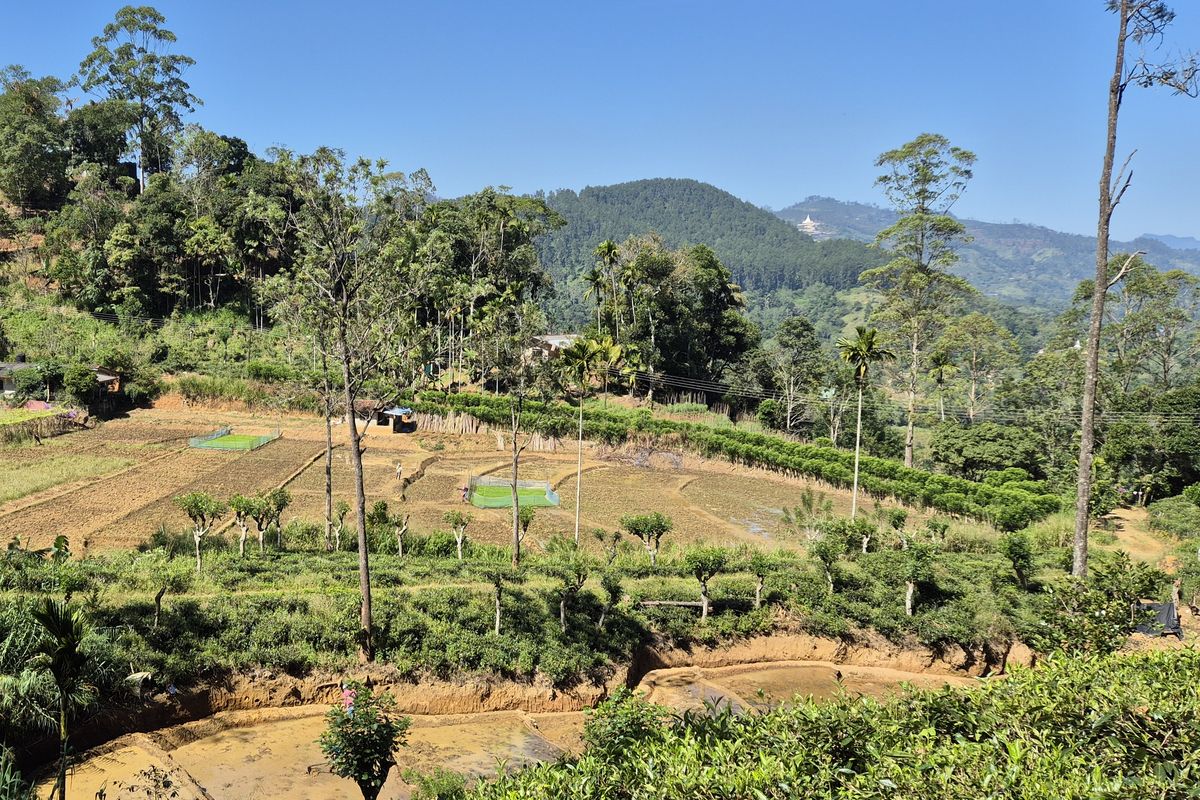
Walking the Pekoe Trail: Stage 16 - Ella to Demodara
With breathtaking landscapes and abundant wildlife, Sri Lanka is an ideal place for outdoor exploration and when I heard about the Pekoe Trail I knew I wanted to get out there to try it for myself. The rolling hills of the Central Highlands, or Tea Country, with their cooler climate, provide the perfect spot for hiking, so I laced up my walking shoes and headed out.
We met our experienced guide at the train station in Ella early in the morning, and started our day with a walk along Ella’s busy main street to the famous Nine Arches Bridge on a mix of road and forest trails. With our specialist guide having walked the full trail multiple times, we knew we were in good hands from the off!
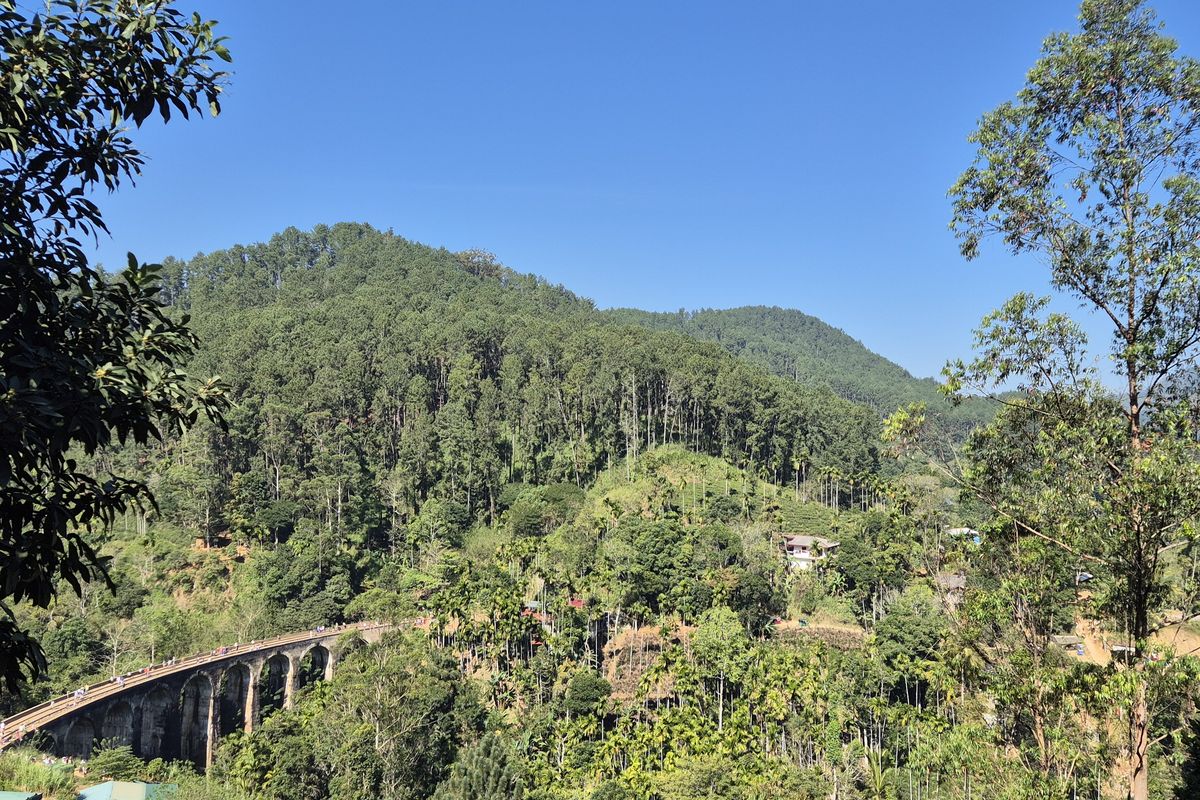
After stopping for a little while at the bridge to take photos and learn about the history of its construction, we headed along the train tracks away from the crowds and climbed a steep flight of steps. Once we reached the top, we were rewarded with sweeping views of the bridge and forest below. This ascent was the toughest part of this stage of the trail, but with a moderate level of fitness it wasn’t too challenging.
From there, we walked through tea plantations with views across the lush valleys, along old cart paths used for transporting tea leaves, past small farms and rural hamlets. Our guide told us about the area, how tea is harvested and the challenges tea pickers face. The trail is already creating new jobs and businesses with shops and guesthouses opening along the route, and more opportunities for guides and drivers in the local community. Tea estates along the way are continuing to improve working conditions for the pickers.
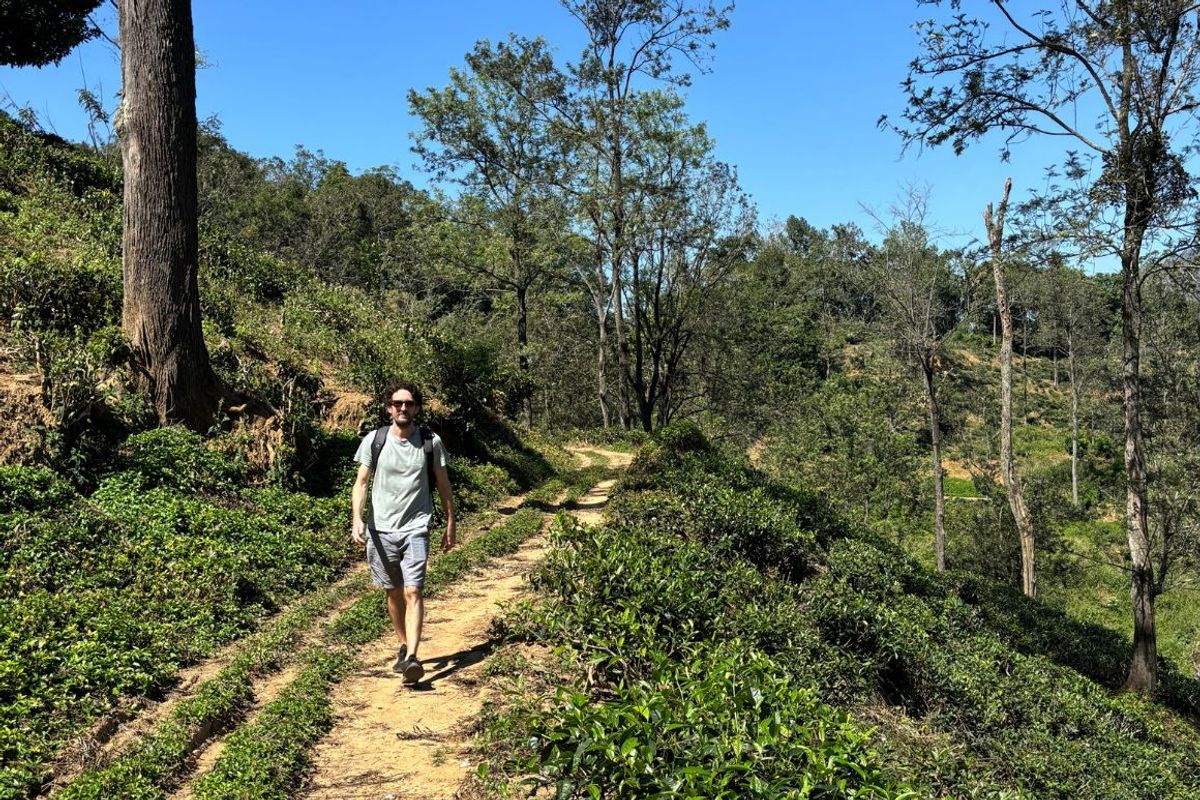
During the walk, the endless green scenery rolls out in front of you, dotted in the distance with white temples and hilltop houses. We only encountered a few other people on the trail - those picking tea, children off for a game of cricket and other walkers soaking up the tranquility away from the tourist hubs.
After around 2.5 hours we joined up with the rail tracks once again in the town of Demodara. Here you can see the iconic Demodara Loop which allows trains to navigate a steep incline on a rare looped line - a remarkable feat of engineering! We ended our trek with a cool fresh coconut from a stall near the station, which was the perfect thirst-quencher.
What to pack for the Pekoe Trail?
Sturdy footwear with good grip is the number one priority. Trainers, walking shoes or hiking boots may all be suitable, but you should check the specific stage you are doing. I wore walking trainers on stage 16 and they were perfect.
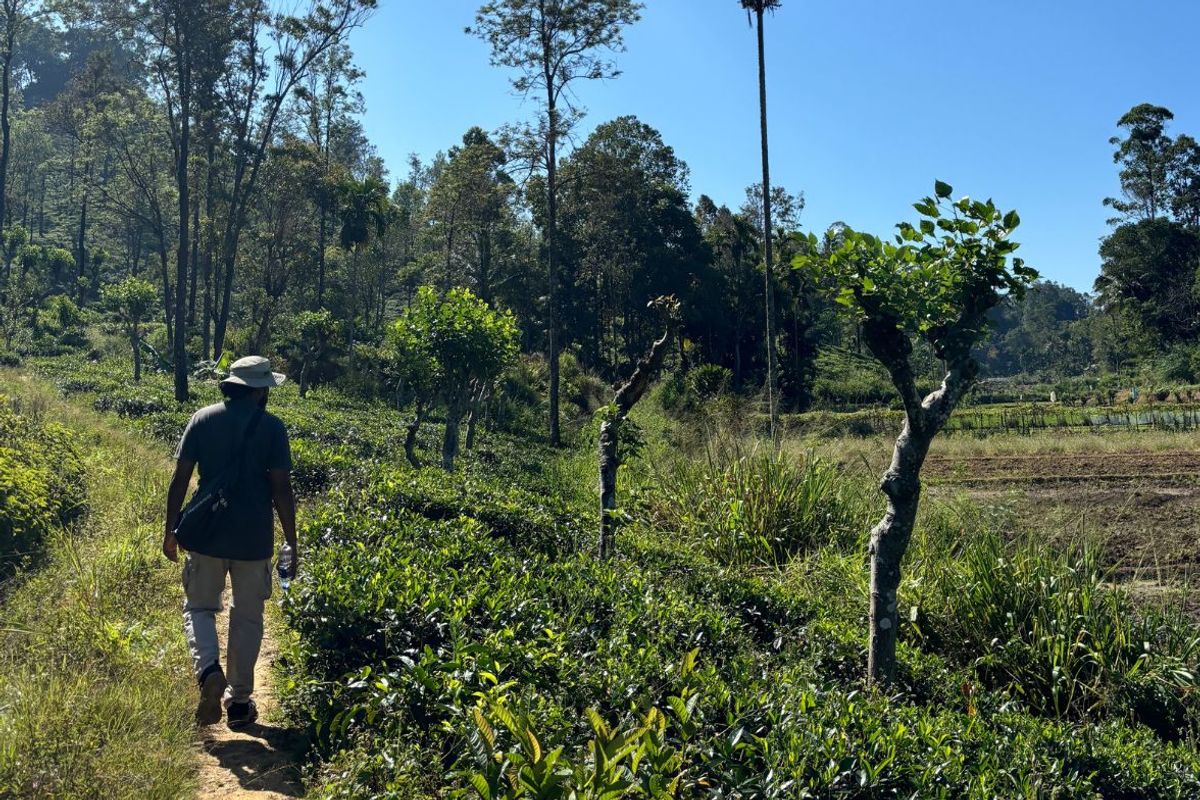
We were recommended light-weight clothing made from breathable fabrics - quick-dry is a good option in the rainy season. Bring a light warm layer and waterproof jacket too, as you never know when the clouds might roll in. Plenty of water, snacks, a basic first-aid kit, hat, sunglasses, sunscreen, and insect repellent are musts, along with trekking poles for stability if you need them, and for the more challenging sections.
What wildlife can I see on the Pekoe trail?
In addition to the stunning scenery, expect to see plenty of birds on the way, along with occasional sightings of monkeys, deer, wild boar, and even elephants in some areas.
When is the best time to walk the Pekoe Trail?
Sri Lanka's Central Highlands region is influenced by two monsoon seasons. The Southwest Monsoon (Yala Season) which runs from May to September, and the Northeast Monsoon (Maha Season) running from November to January. During this time you can expect frequent rain showers, slippery trails, and misty conditions. We recommend the best time to hike the Pekoe Trail is December to April.
If you do decide to hike during the monsoon seasons, please be aware that the conditions are much more difficult and there is a higher chance of the hike being cancelled. Leech socks are also highly recommended.
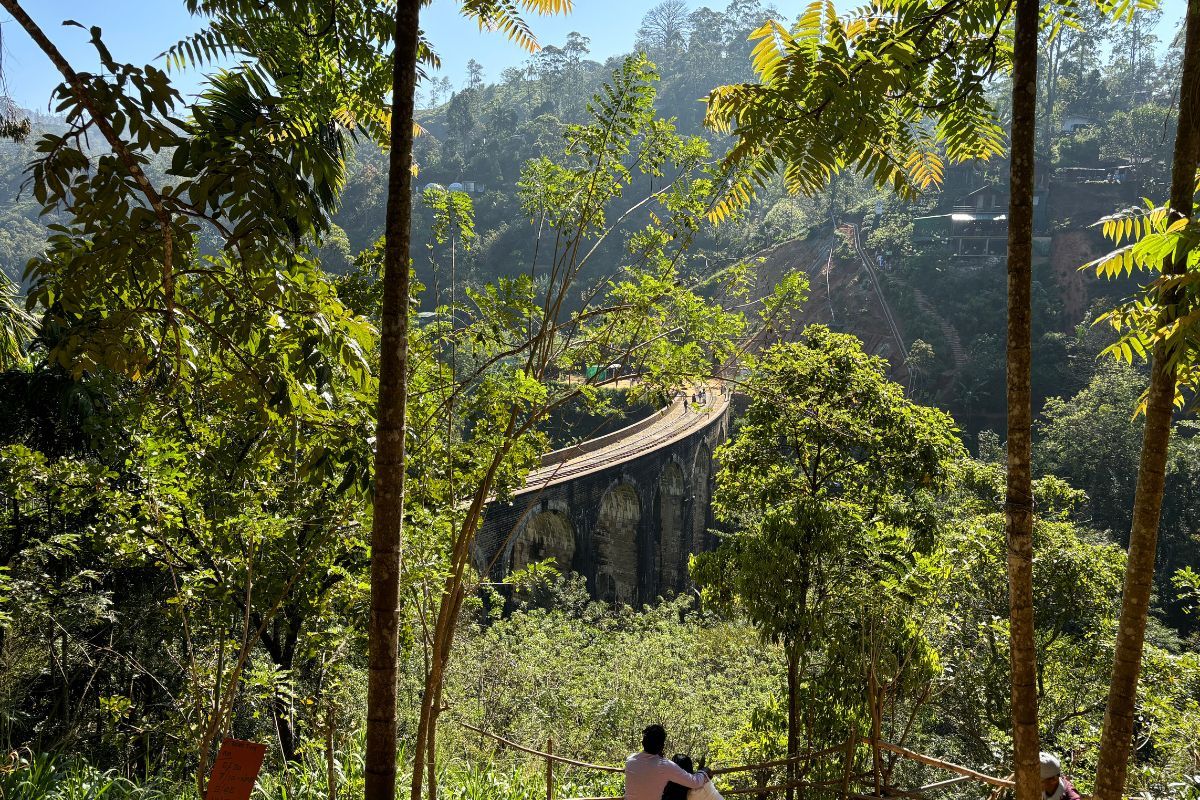
What are the most popular stages?
Stages 1,2,3,7,8, and 12-17 have been the most popular since the trail opened due to the amazing scenery and great accommodation options nearby. If you are looking for a challenge or are an experienced hiker then the lesser-visited stages might be for you!
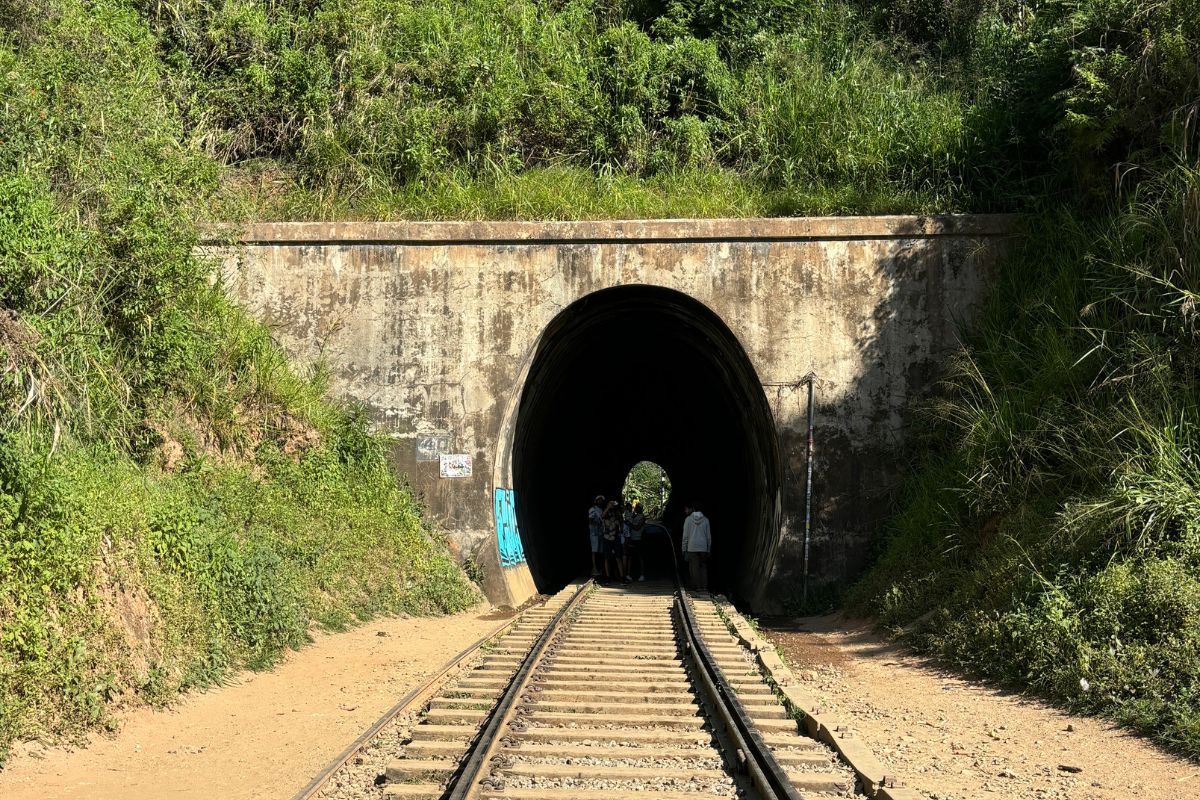
Walking multiple stages of the Pekoe Trail
We will organise all the logistics during your hike, including coordinating hiking multiple stages if you wish. Our Destination Specialists will recommend the best hotels for each stage you’re walking, and your driver will drop you at the starting point where you will meet your specialist Pekoe Trail guide. At the end of your hike, your driver will collect you and take you back to your hotel. Take a look at our Footprints Through Tea Country journey for inspiration about incorporating the Pekoe Trail into a full Sri Lanka trip.
by Caroline on 14th July 2025